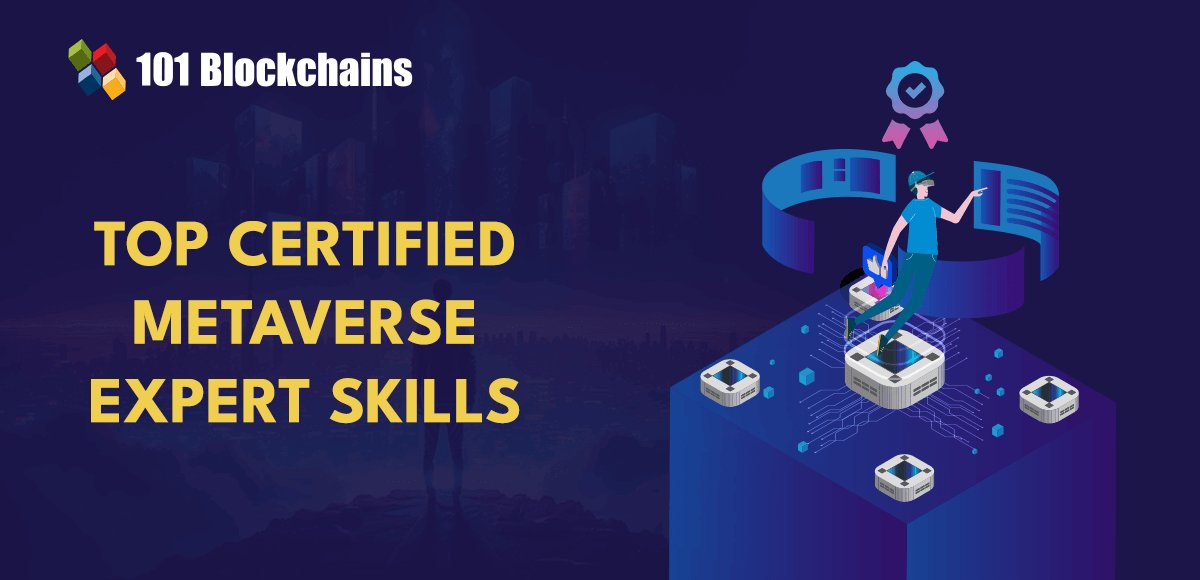Blockchain’s Role in Advancing Physical AI: A Closer Look at the DePIN Network

lawrence jenga
November 28, 2025 15:40
Discover how the DePIN Network is revolutionizing data collection for physical AI and enabling the advancement of autonomous vehicles, drones, and humanoid robots through decentralized blockchain technology.

Robotics approaches a revolutionary milestone
As technological advancements continue to transform industries, robotics is approaching a pivotal moment similar to the transformative impact ChatGPT is having on AI. Self-driving cars and delivery robots are becoming increasingly common, but widespread adoption of robotics is being hindered by a significant challenge: lack of data, according to Solana (SOL).
Current AI models primarily rely on vast amounts of digital data from the Internet. However, for physical AI, including autonomous robots and vehicles, data from the physical world is critical but scarce. This sparsity makes it difficult to train models that can navigate the unpredictable real world.
The role of the DePIN network
DePIN (Decentralized Physical Infrastructure Network) offers a promising solution by leveraging cryptoeconomic incentives to mobilize large groups of people for data collection. This community-driven approach aims to create an open model that contrasts with proprietary research in well-funded laboratories. These open models can democratize the development of cutting-edge AI technologies.
The DePIN network enables a decentralized approach to data collection by encouraging contributors to collect data using devices such as dashcams and drones. This method not only improves data availability but also ensures data quality through a network of validators.
Applications in various fields
Self-driving cars: By 2025, connected vehicles will be able to generate massive amounts of data, with one fully autonomous car generating up to 19 terabytes per hour. Projects like Hivemapper and NATIX use distributed mappers to collect real-time data essential for training models across different regions and conditions.
Drones and precision sensing: Drones are essential for sectors such as agriculture and logistics where accurate local data is essential. Networks like GEODNET allow rural communities and entrepreneurs to contribute to distributed sensor networks, improving data collection in remote areas.
Humanoid Robot: The humanoid robot market is expanding rapidly, predicted to reach $5 trillion by 2050. Startups are exploring decentralized networks to share data between robots and accelerating the development of unique motion and environmental data.
challenges and opportunities
Despite its potential, physical AI faces challenges such as market segmentation and the need for generalizable data. The value of AI often comes from the model layer, where simulations are inexpensive but may be sufficient for some applications. Nonetheless, the DePIN network provides an opportunity to reward data contributors by distributing benefits more equitably.
To succeed, entrepreneurs must focus on maximizing long-term value by prioritizing generalizable data while ensuring a short feedback loop between data collection and revenue.
Image source: Shutterstock



